The dictionary definition of ‘curry’ is a dish, originally from South Asia, consisting of meat or vegetables cooked in a spicy sauce. Although this is technically correct, our understanding of the dish ‘curry’ and the wide range of cuisines this can encompass has broadened so much over the last 40 years.
Growing up in the UK in the 1980’s, our first taste of curry was one many Brits will be familiar with – the famous chip shop curry. This isn’t technically a curry, it’s more of a curry flavoured gravy that’s eaten with chips (it’s still delicious though!) and is very mild. The other type of curry a lot of Brits will have had is the ‘Boxing Day curry’ – a special curry made using curry powder and left over turkey from Christmas with the addition of sultanas in the curry gravy.
Our own understanding of curry really developed when our friends from Indian backgrounds cooked daal or channa masala and they were amazing – so full of flavour and deliciously filling. It then developed even more when we started travelling to different countries and we realised what a wide variety of curries there are and how the word ‘curry’ has a different meaning in different parts of the world. Every type of curry goes well with rice, as we are rice cooker experts and eat a lot of rice, it’s probably no surprise that any type of curry is a favourite!
Here is a whistlestop tour of the curries of the world to get your mouth watering!
Here’s our run down on Indian curries:
To talk about curry and not start with India would be very remiss of us! There isn’t one all encompassing curry eaten in India – they can range from fiery, spicy tomato (masala) based curries in the North, to more gently spiced coconut based curries in the South. There is also a huge variety of curries in India which are termed as veg (without meat) or non-veg (with meat), some like in Goa and Kerala use a lot of fish and then there is the famous Vindaloo which is native to Goa which is absolutely delicious and completely different to the ‘test your metal’ vindaloos served in curry houses in the UK! Some curries in India are termed ‘dry’, this just means that there isn’t a gravy-type sauce served with the meat or veg – think of tikka masala as a wet curry and sometimes aloo gobi is served as a ‘dry’ curry.
Our favourite by far (athough technically a Kashmiri dish of Persian origin) is Rogan Josh. Other curries are – Aloo Gobi (potato and cauliflower curry), Kadai chicken (chicken and vegetables in a spiced tomato sauce), Chicken Tikka Masala (said to be a British invention but we found it all over India in restaurants!)
For southern Indian curries you can’t go wrong with a Goan fish curry and for a hybrid North-South curry there’s Nariyal Chicken curry which was adapted from a Hari Ghotra recipe, we cannot recommend Hari highly enough for her Indian recipes, every single one we have tried has been spectacular.
Lastly, we have a couple of knowledge blogs – All aboard the Spice Train, an easy explainer on Indian curry and how to make your own flatbreads for curry dunking!
Curry in South East Asia
Immediately what will spring to mind is Thailand – with the aromatic, coconut based curries with a fiery kick. Thailand is definitely Top of the Pops for tasty and spicy curries. But there is a lot more to SE Asian curries than just Thailand. Myanmar has a lot of Indian inspired dishes like biriyani and samosas but also has more Thai influenced dishes as well. Malaysia and Indonesia have the famous Rendang and this can be cooked as a more dry dish or one with a gravy. A particular Indonesian favourite of ours is one made with coconut milk, green beans and tomatoes which is very flavoursome. Even the Philippines has a traditional curry recipe which involves coconut milk, curry powder, ginger, chicken and vegetables – not as spicy as Thai curries but still delicious. Cambodian curries are very similar to Thai red curry, but these are eaten with a crusty French baguette, which you would think to be a strange combination, but it works so well!
Here is a run down on Thai curries:
Thai curry can refer to any dish with a curry ‘soup’ or just the paste as well – in fact there are several versions of dishes that you can have the curry soup style or the ingredients (meat, veg or fish) just stir fried in the curry paste. You can also have curry paste stir fried into fried rice – a word of warning about this last one, they can be seriously spicy!
In South Thailand, curries tend to contain a lot of coconut milk, while in the Northeast, they often use more lime juice and less coconut milk. Most Thai curries contain chili peppers, garlic, and coconut milk, as well as galengal or “blue ginger” (similar to ginger in how it looks, but not in taste). Thai curries can be highly influenced by Laotian and Chinese cuisines, as well as general South Asian cuisine.
Originating from Central Thailand, green curry is common known as the hottest of the curries, due to the green chillis the paste contains (green chilli is hotter than red). It is also quite sweet as it uses large amounts of lime juice and coconut milk. Usually, along with meat or fish/seafood, green curry has eggplant, carrots, green beans, sometimes cauliflower and brocolli and green chillies in a green curry sauce. The paste is made from green chilies, kaffir lime leaves, Thai basil, shallots, blue ginger, krachai (a milder cousin of ginger), garlic, and turmeric which is then combined with coconut milk to form a soup.
Red Curry is also known as “spicy curry”, because it’s another fiery dish from Central Thailand. Red curry gets its colour from lots of red chilies, which are crushed with garlic, shallots, blue ginger, and lemongrass. This paste forms the base red curry paste for the dish, which is mixed with coconut milk to form the curry sauce. A variety of “meat” and vegetables can be simmered in the sauce, including pumpkin, eggplant, and tofu.
The most common form of Thai yellow curry is especially rich as it contains coconut cream, and is typically served with mixed vegetables. It is the mildest of the curries in Thailand.
Massaman curry is often eaten in Central and Southern Thailand and is a southern speciality – based on the Indian style curries. Massaman curry paste is made using red chilies, blue ginger, shallots, garlic, lemongrass, cardamom, coriander, cumin, nutmeg, cloves, and cinnamon. Coconut milk and kaffir lime leaves are then added to create the sauce, finishing off with peanuts and potatoes, other veg and meat.
Lastly is Panang curry, which is said to have originated in Laos, and is usually eaten in Central Thailand. Most of the time it is milder and more subtly flavored than other, spicier Thai curries but we have had several versions of panang curry (in soup and a dry curry) which have been super-spicy. The paste is made from dried chilies, kaffir lime leaves, lemongrass, cilantro, cumin, garlic, blue ginger, shallots and then combined with coconut milk for a soup or a more traditional stir fried style dish. On occasions, panang curry can contain peanuts, so nut allergy sufferers need to check those menus carefully!
Thai curries do have specific origin in one region or another of Thailand or Laos, they have spread throughout the whole country, and most of them can be found in any part of Thailand, or in Thai restaurants in the West.
Our last stop on the curry tour is Japan. Japan is not somewhere that’s traditionally thought of when it comes to curry, but since it was introduced there by the British during the Meiji era, it has become a traditional dish here. It comes in a variety of spice levels for all different palates and is sometimes paired with the famous tonkatsu to become a tonkatsu curry. Japanese beef curry is also a very popular dish which is super tasty. Then there is Yakimeshi which is Japanese fried rice which you can add curry powder to make a variation on the traditional dish.
We hope you enjoyed our brief tour of curry in Asia – what’s your favourite curry?






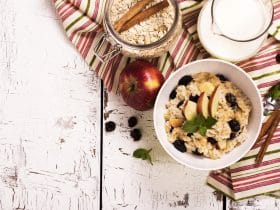
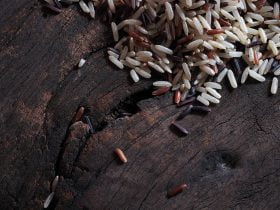
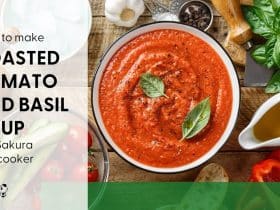
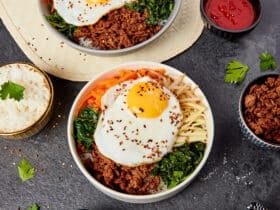
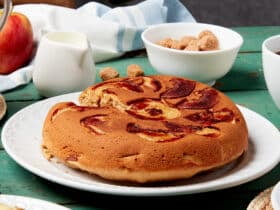
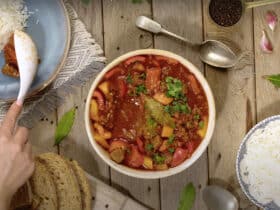
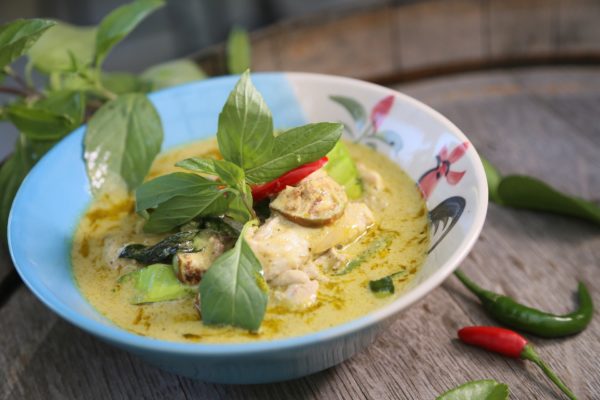

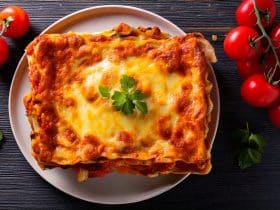
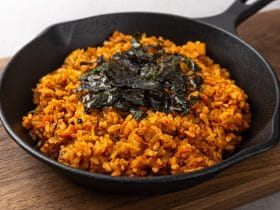

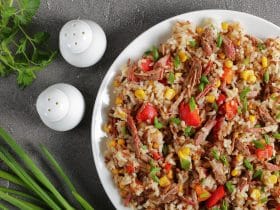
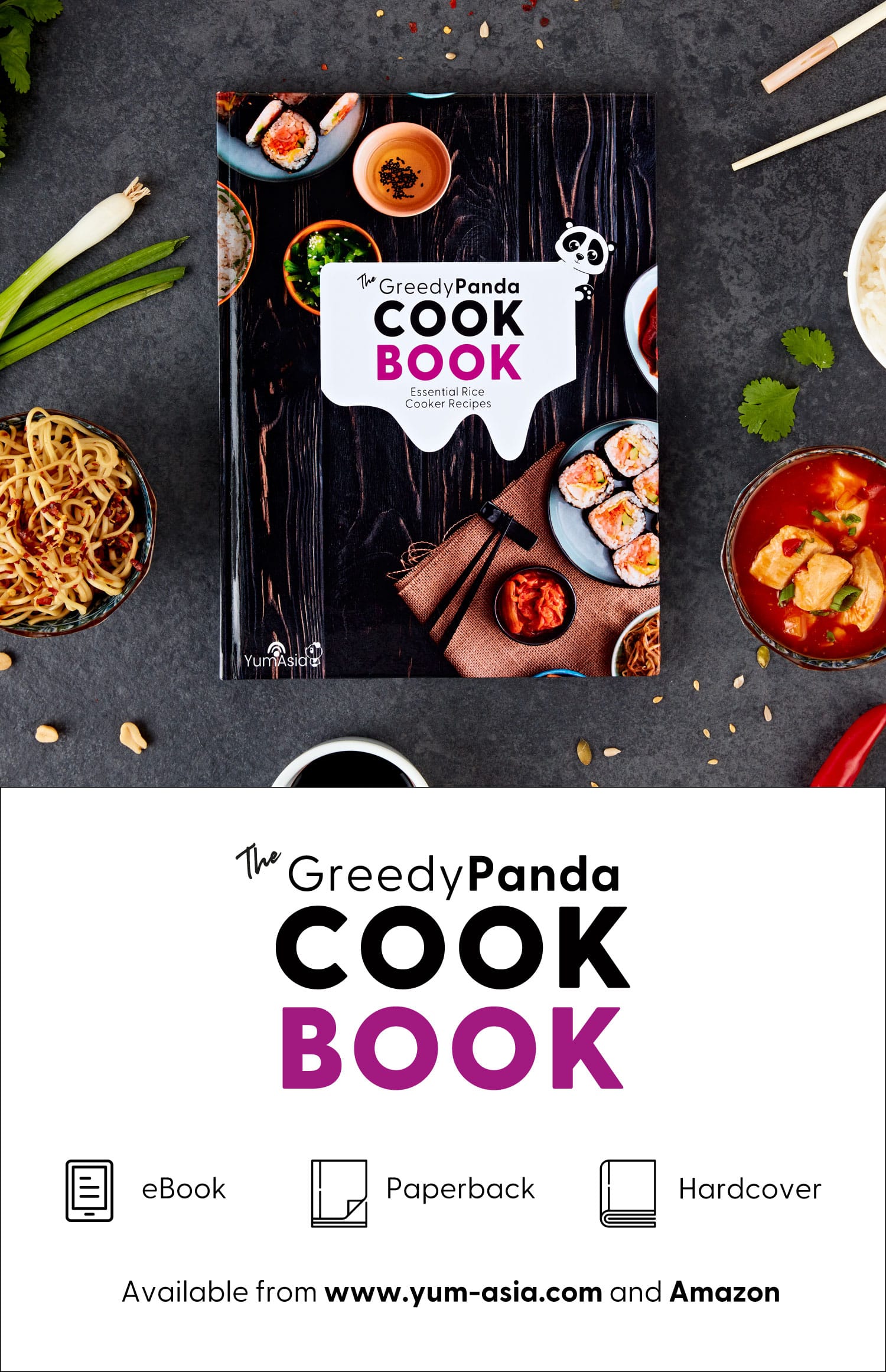
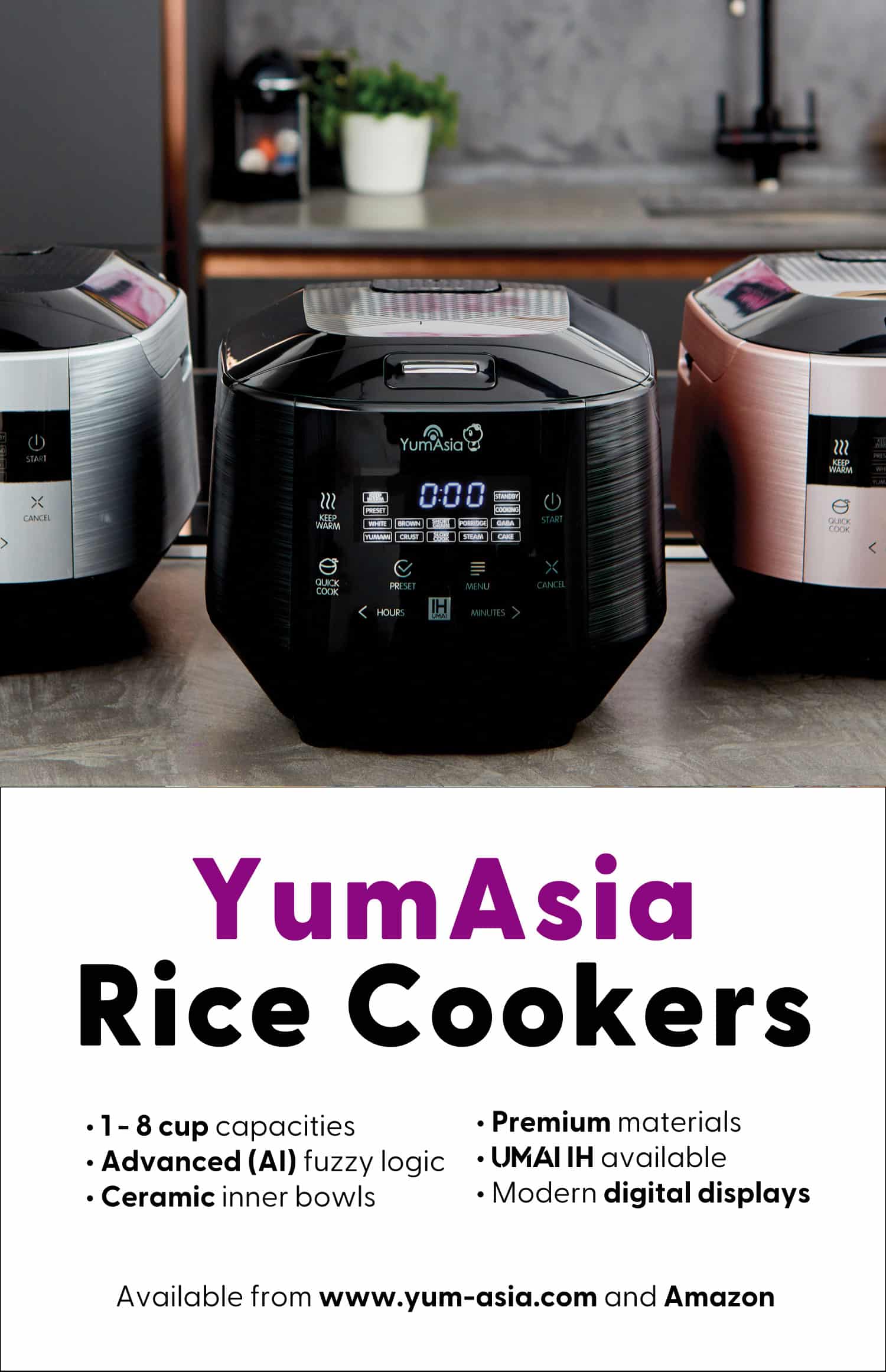
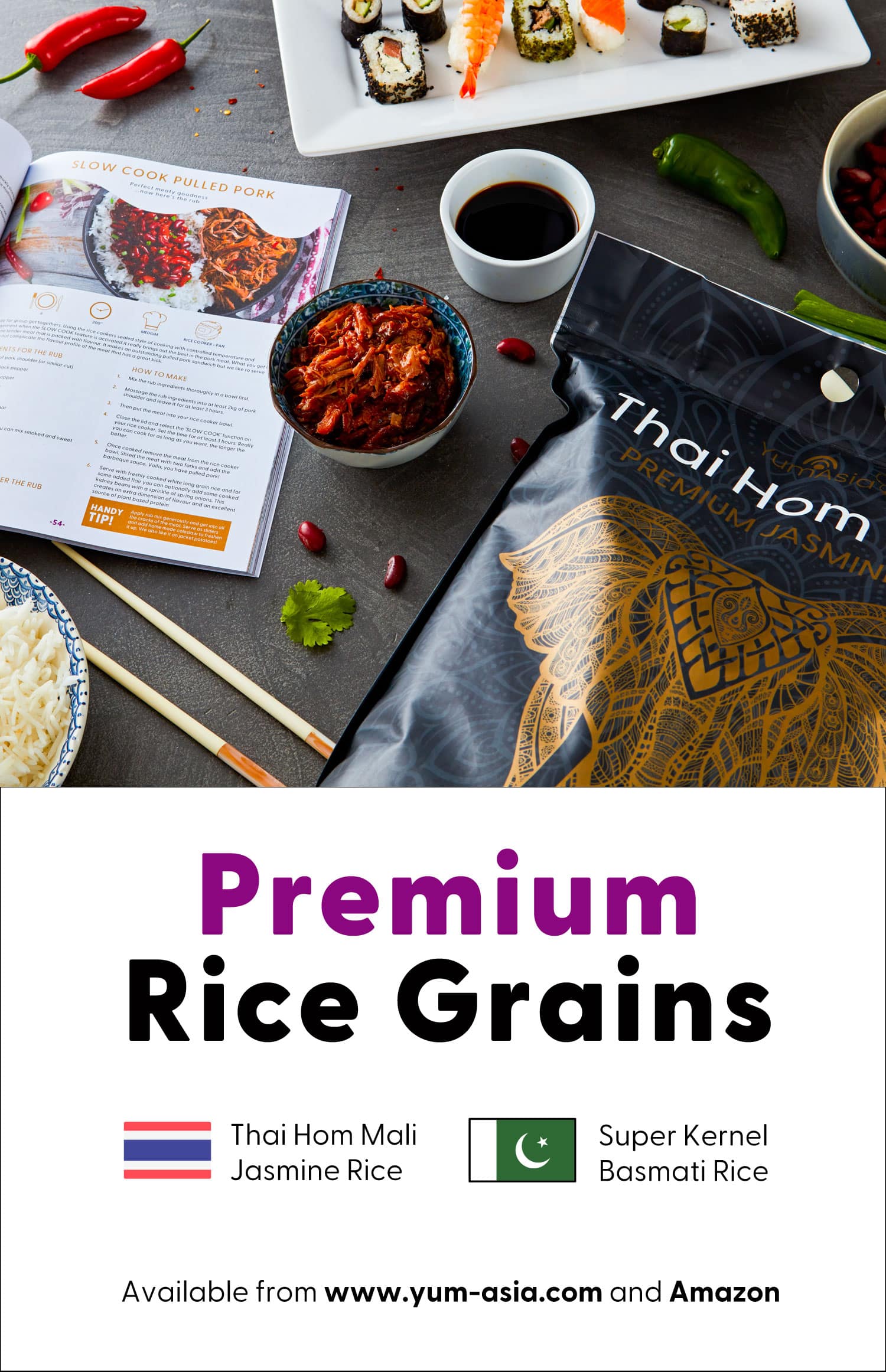

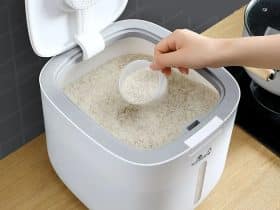
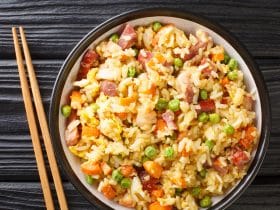


Leave a Reply